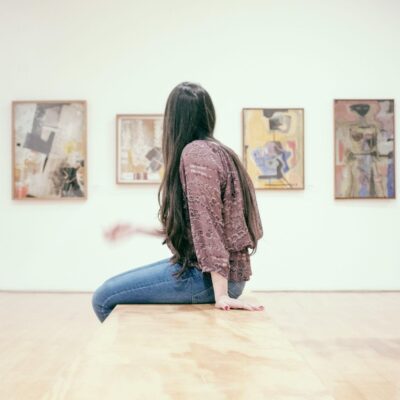
The artistic life of European immigrants in Australia developed only from the middle of the 19th century, but even then it was extremely slow and limited.
Conrad Martens (1801-1878) can be considered one of the first Australian artists to have truly independent significance, who initially worked as a master of landscape watercolors in the style of meticulous documentary art. At the time, this genre of landscape painting was widespread in Australia. Gradually, Marten turned to a more romantic interpretation of nature. The best watercolor landscapes of Martens are usually dedicated to views of the most beautiful Sydney harbor. Another artist who achieved great popularity in Australia and England was Samuel Thomas Gill (1818-1880) – the first master of the genre and especially satire, who worked mainly in the field of magazine graphics and lithography.
The next important stage in the development of the fine arts of Australia is associated with the name of Ebram Louis Buvelot (1814-1888), a Swiss painter who moved to Melbourne as a fifty-year-old master. He worked in a manner akin to the Barbizon school, and was the first to lay the solid foundations of realistic landscape painting in Australia, the “father” of which he was not without reason called. He achieved greater success than the diligent “documentary filmmakers” of the mid-19th century, finding subtle tonal relationships and masterfully conveying the generalized golden illumination of the late afternoon sun (for example, Summer Evening at Templestow, 1866; Melbourne, National Museum of Victoria).
Genre and landscape painting reached its peak in Australia at the end of the 19th century. This most important period in the development of national painting is associated primarily with the names of Thomas William Roberts (1856-1931), Frederick McCubbin (1855-1917) and Arthur Streeton (1867-1943).
Studied with L. Buvelot, TU Roberts, already in one of his first genre paintings “Sailing to the South” (1886; private collection), manifests himself as an attentive observer of reality, avoiding even the slightest violation of the likelihood of what is depicted. Featuring a ship deck full of emigrants moving to Australia from Europe in search of a new life, which was so typical of the era, Roberts drew on numerous preliminary drawings from life.



